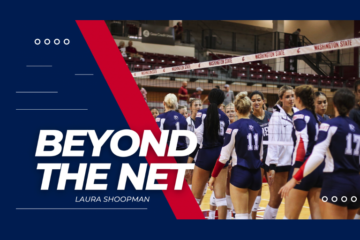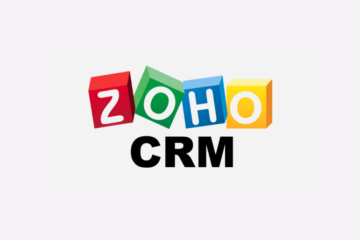
After deciding on a topic last week and developing a brand positioning statement and tagline, this week students purchased their digital assets. This includes students leasing their website URL from ICANN for one year and purchasing monthly web hosting and branded email plans. Using these three assets, students will build their website over the next three weeks in preparation for our 8-week live practicum. During this time frame, they will run their own inbound marketing campaign using these online assets. Upon completion of the purchase, students’ WordPress websites are built for each student by our hosting company, GoDaddy. After a brief building process, students provide a username-password credentials and voila, each student now has their own WordPress.org website.
It’s important to point out that we do not use WordPress.com but .org. WordPress.com is a hosting platform that only provides a turnkey operation, while WordPress.org is self-hosted and fully customizable solution. In this course, we use many free third-party applications, known as plugins, to complete our inbound design. WordPress.com does not allow for this type of flexibility. Therefore, to create a website that will mechanically function as an inbound campaign should, you must use WordPress.org. Plugins and platforms that each student will learn how to use in this class include Google Analytics, Ninja Forms, Facebook, MailChimp, CoSchedule, Yoast SEO, Zoho CRM, Askimet, Elementor Block Editor, Classic Editor, Blog Designer Pro, along with thousands of other reputable options to assist students in their inbound strategy.
This first three weeks has developed slowly and methodically to give students time to think strategically about the topic they wanted to focus on in this class. We discussed the topic selection process last week. But now, the pace of this class will really start to pick up. The next three weeks are crucial for students. Outside of class they will be following very specific instructions on how to purchase their digital assets, as well as build their website mechanically and aesthetically. In class, we must move directly into content design. During this same time frame, we will be discussing the Digital Engine’s content matrix and editorial calendar design process. While students are building their website to work, look, and feel the way they want for their campaign kickoff in three weeks, we must simultaneously plan for the content that each student will be deploying on their website. We only require one blog the first week of the campaign, to allow students time to create and curate content for the first few weeks of the campaign, but then, we encourage each student to consistently stay ahead of the content by two weeks throughout the entire campaign. It’s a lot of work, but very rewarding. To view some of our previous students’ website designs, feel free to view our collection of student testimonials.




0 Comments